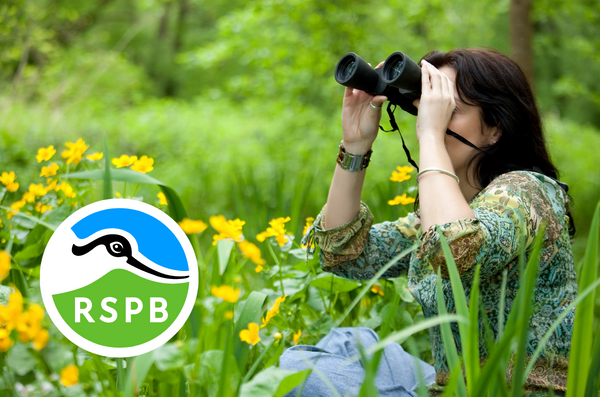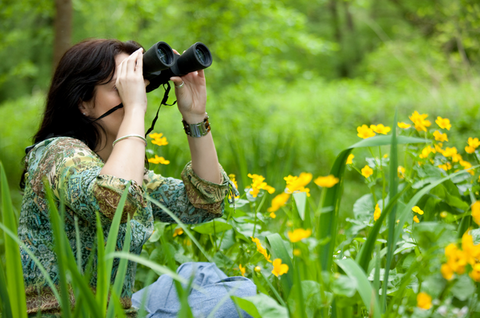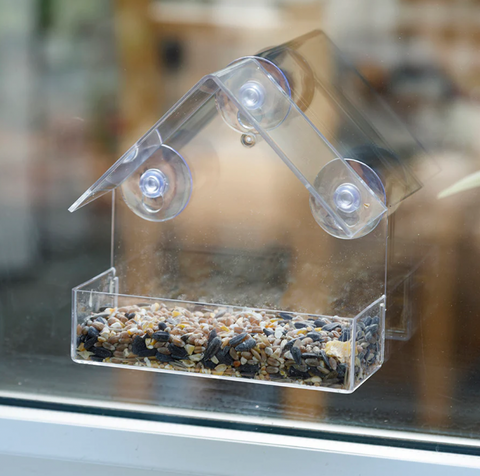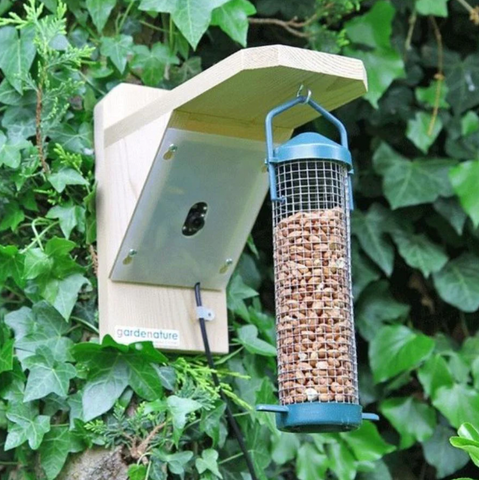One of our favourite things about January is the Big Garden Birdwatch! The annual event is organised by the Royal Society for the Protection of Birds (RSPB) and takes place over a single weekend at the end of January. This fun, free event is a great opportunity to take an hour out of your day to watch the wildlife visiting your garden, outdoor space or local park.
Not only is it a great way to watch local wildlife with family or friends using binoculars, but it is also an ideal opportunity to watch your local birds with a Bird Box Camera from wherever you are, using one of our two new systems - a Solar-Powered WiFi Bird Box Camera and our recently upgraded WiFi Bird Box Camera System - along with our newly developed, easy-to-use free app.
When is the Big Garden Birdwatch 2023?
The Big Garden Birdwatch 2023 is taking place from 27-29th January. The event has been running since 1979, and with half a million people now taking part every year, it has become the UK’s largest citizen science project!
It takes place in January because leaf cover is at its lowest at this time of year, meaning there are fewer areas where birds can hide - making spotting them far easier! Food is also more scarce in the winter, so it is quick and easy to attract birds to your garden using bird feeders, bird tables or bird baths.
How Do I Take Part in The Big Garden Birdwatch?
All you need to do is register for free on the RSPB website and set aside one hour to count the number of birds and species visiting your garden and submit the count to the RSPB via a simple online form. The event is open to people of all ages and birdwatching experience levels, and the RSPB provides free resources and tips to help participants identify the birds they see.
How Does The Big Garden Birdwatch Work?
The data collected is used by the RSPB to analyse and track changes in bird populations and to inform conservation efforts. The data will show long-term trends of increases or declines in various bird species. Over the past 50 years, we have lost 38 million birds - many of our back garden favourites amongst them - and with the threat of pollution, habitat destruction and climate change, the RSPB's Big Garden Birdwatch survey has never been so vital.
Once all participants’ data has been submitted, the RSPB begins their detailed calculations; errors, duplicates and anomalies in the data are filtered out and the information is sorted to ensure it is scientifically accurate.
What Have We Learnt From The Big Garden Birdwatch?
Previous surveys established that the biggest decrease in a UK bird species was the greenfinch, which suffered a shocking 66% decline in population numbers between 2007-2017. On a more positive note, over the same period, the sweet little wren saw a population increase of a whopping 87%!
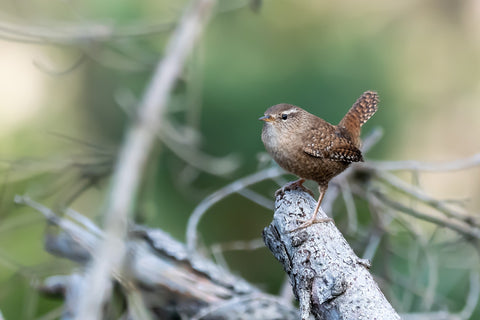
How Can I Attract Birds To My Garden?
As mentioned above, food for birds becomes scarcer when it’s cold and birds need to eat more to stay warm. They need plenty of calorific, oil-rich foods to replenish the fat reserves that are burnt through quicker in cold weather.
Different species eat different things. While starlings will eat just about anything, sparrows and finches love seeds; robins and thrushes enjoy worms and fruit; and tits like fat. Depending on the species, sunflower seeds, suet balls (also called fat balls) and good-quality unsalted peanuts are great - just make sure you’re providing the right menu for your diners.
You can learn more about feeding garden birds in the winter with our recent blog here.
We offer a huge range of bird feeders, bird tables and bird baths, all of which are a great way to keep birds returning to your garden time and time again - and a fantastic way to watch birds feeding from the comfort of your own home is by using our best-selling Bird Feeder ViewCam.
We will definitely be taking part in the Big Garden Birdwatch this year and really hope you will too!

